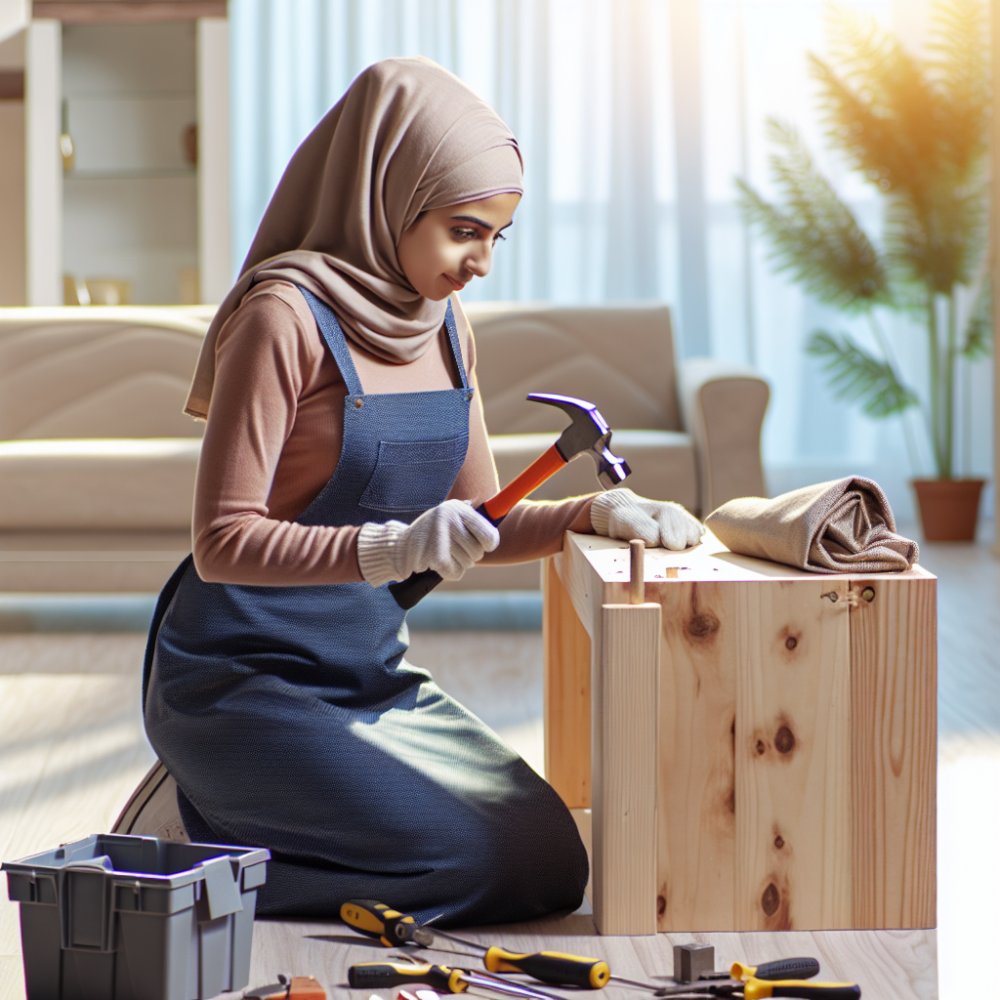The Ultimate Guide to Mastering Home Repairs

Posted on: Sunday, March 3rd, 2024
Home repair tasks can often seem daunting, but with the right knowledge and tools, anyone can become a proficient DIY repair expert. This guide is designed to empower homeowners with the top 10 essential home repair skills that are crucial for maintaining a safe and comfortable living environment. Keeping up with these repairs not only helps in preserving your home’s value but also ensures that small issues don’t escalate into major problems. From fixing leaky faucets to patching drywall, we’ve got you covered with practical advice and step-by-step instructions.
1. Fixing a Leaky Faucet: A dripping faucet not only wastes water but can also increase your water bill over time. Start by shutting off the water supply, then remove the faucet handle and valve, replace the worn-out washer, and reassemble. This simple repair can save a considerable amount of water and money.
2. Unclogging Drains: Blocked drains can lead to water damage if not addressed promptly. Avoid chemical cleaners; instead, use a plunger or a plumber's snake to remove the clog. For prevention, regularly clean stoppers and use strainers to catch debris.
3. Patching Drywall: Holes and cracks in drywall are common but easy to fix. Use spackle for small holes and a patching kit for larger ones. Sand the area smooth before painting to match the rest of the wall.
4. Repairing a Running Toilet: A running toilet can waste gallons of water. Check the flapper, fill valve, and flush valve. Replacing faulty components is usually a simple, cost-effective fix that significantly conserves water.
5. Fixing Loose Tiles: Loose tiles can be a trip hazard and allow water to seep underneath, causing further damage. Remove the old adhesive, apply a new adhesive, and then reset the tile. Seal the edges to prevent water damage.
6. Replacing Weather Stripping: Damaged weather stripping around doors and windows leads to drafts and energy loss. Measure and cut new stripping, then attach it to ensure a tight seal, improving comfort and energy efficiency.
7. Installing a Smoke Detector: Safety comes first, and working smoke detectors are vital. Install smoke detectors on every level of your home and inside each bedroom. Test them monthly and replace the batteries at least once a year.
8. Repairing Squeaky Floorboards: Squeaks are often caused by the wood moving against nails or other wood. Counter-sink any protruding nails, or use talcum powder between boards to reduce friction.
9. Sealing Gaps and Cracks: Gaps in siding, around windows, or between baseboards can let in pests and drafts. Use caulk or expanding foam to seal these gaps, enhancing your home's energy efficiency and comfort.
10. Touching Up Paint: Keep your walls looking fresh by touching up scratches or marks as soon as they appear. Match the paint color as closely as possible, and use a small brush for precision work.
Mastering these essential home repairs can significantly impact the comfort, safety, and cost-efficiency of your home. With patience and the right tools, you can undertake most home repair tasks and achieve professional results. Remember, regular maintenance is key to preventing issues and ensuring your home remains in top condition.